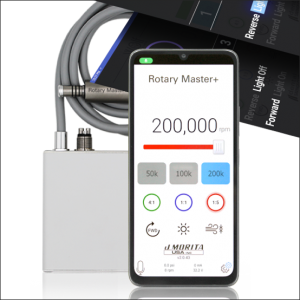
Is there a different response to pulp sensibility test between healthy and diabetic patients?
Simona Chirico
Diabetes mellitus is a chronic inherited or acquired disorder caused by low production or ineffectiveness of insulin produced by the pancreas glands. Diabetes mellitus not only induces dental pulp metabolic changes, but also it has been shown that it can influence both sensory and vascular structures.
Therefore, it can be hypothesized that diabetes might affect pulp responses to sensibility tests.
The aim of the study, published on the International Endodontic Journal by Tavakolinejad Kermani et al, was to evaluate pulp sensibility test responses, with cold test and electric test, in patients with type 2 diabetes compared with patients without systemic diseases.
Materials & Methods
322 premolars in 51 patients who had type 2 diabetes and 347 premolars in 53 healthy patients were investigated. The patients with type 2 diabetes were unified and had fasting plasma glucose ,300, hemoglobin A1C ,10, less than a 10-year history of diabetes mellitus, and no history of hypertension. Electric and cold pulp sensibility tests were performed for all teeth. The cold test results were recorded by the Heft-Parker visual analog scale, and the electric pulp test results were recorded based on the pulp tester’s grade that evoked a response.
Results
There was no statistically significant difference between upper and lower premolar teeth in healthy individuals compared with the patients with diabetes in response to the cold and electric pulp tests (P> .05).
In the patients with diabetes, the response of their upper premolars to the cold test was significantly reduced in diabetic patients .45 years of age. However, there was no significant correlation between the cold test and age in the lower premolars of both diabetic and nondiabetic participants (P >.05). There was also no significant correlation between the need for a higher number of the electric pulp test current to evoke a response in maxillary and mandibular premolars of the patients with diabetes and nondiabetic participants with age (P>.05).
Conclusions
The age of patients with diabetes may influence their response to the cold test. In diabetic patients .45 years old, the practitioner should consider reducing the pulp response to the cold when interpreting pulp sensibility tests.
For additional information: Comparison of Pulp Sensibility Tests Responses in Type 2 Diabetes Patients and Healthy Individuals
 Tag
Tag
 Read more
Read more
Oral pathology 25 November 2025
Virtual microscopy (VM) is a technology for showing microscope slides using computers and could be considered a progression of classic methodology using optical microscopes.
For every assist this season, the insurance provider will donate $25 to TUSDM Cares for Veterans
Products 25 November 2025
J. MORITA USA, a world leader in handpiece technology, has announced the Rotary Master+ Electric Motor. Compatible with Morita TorqTech electric attachments and most competing electric handpieces on...
News 25 November 2025
Let’s be honest: nothing kills the vibe quite like bad breath. However, while 85% of people prefer for someone to tell them if their breath needs some freshening up, only 15% are willing to break...
News 25 November 2025
Vitana Pediatric & Orthodontic Partners (Vitana), a dentist-led dental partnership organization (DPO) focused exclusively on elite pediatric dental and orthodontic practices with operations in...









